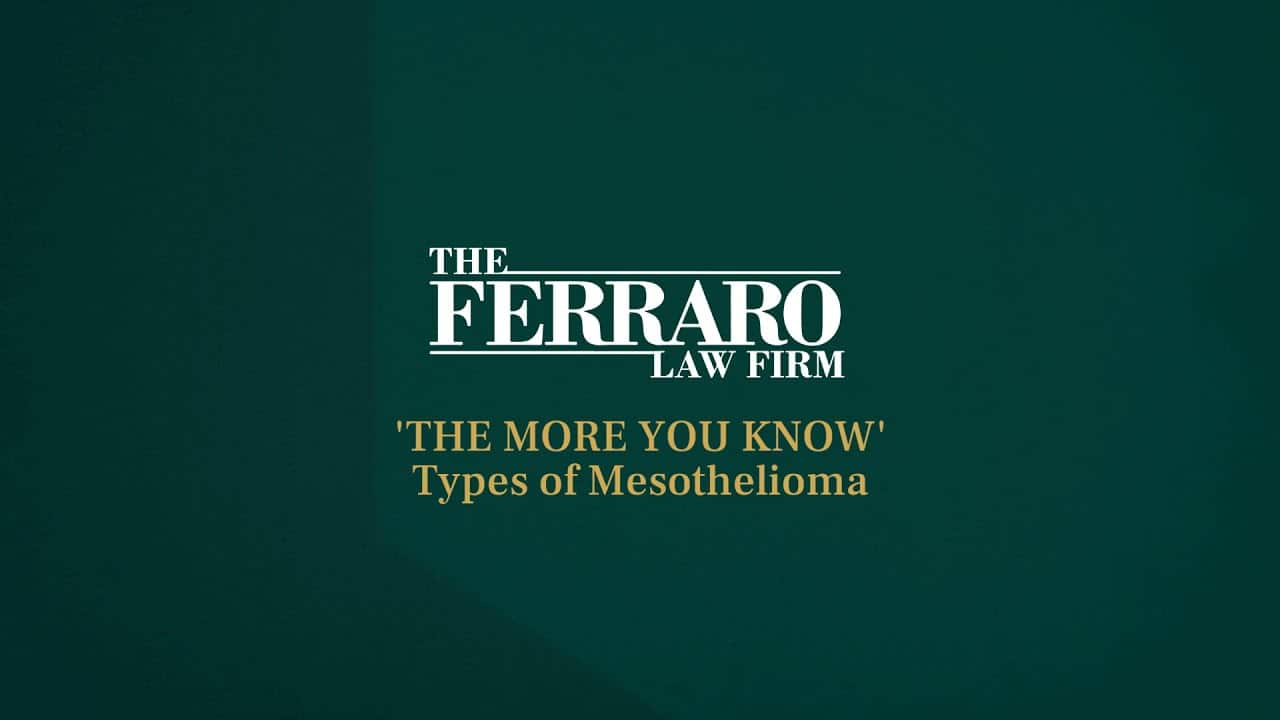If you were seriously injured, remember that it is crucial to choose the right law firm to represent your interests. We have been doing this for more than three decades, and have the resources you need to challenge any opponent.
“Any Exposure” Asbestos Appeal Rejected by PA Appellate Court

An appellate court in Pennsylvania recently upheld a $1.3 million award against welding firm Hobart Brothers Co., following a challenge that alleged an expert witness had run afoul of a recent state high court decision rejecting the “any exposure” theory.
Our mesothelioma lawyers are pleased to hear that the court did not apply that ruling in an overly broad fashion, as it has been feared a significant blow to asbestos exposure plaintiffs throughout the state.
Similar challenges to the “any exposure” theory of asbestos have been made by asbestos defendants across the country, alleging that mere exposure of any amount is not enough to prove liability. (A similar case, Dixon v. Ford Motor Co. established the same precedent in Maryland last year.) Courts’ rejection of the theory requires plaintiffs to show a more extensive history of exposure. This is despite the fact that medical research has definitively shown that no amount of exposure to asbestos is safe for humans.
The Pennsylvania Supreme Court struck down the “any exposure” theory of asbestos causation in May 2012, with a 53-page ruling regarding a lawsuit initially filed in 2005. The plaintiff in that product liability action had alleged that Allied Signal Inc. and Ford Motor Co., among others, had exposed him to toxic, asbestos-containing products, such as brake linings, in the course of his 44-year career as an automotive mechanic. His case was among a number of similar others that were pending.
The defendants in the case had anticipated that the plaintiffs would rely on the “any exposure” theory (also sometimes referred to as “any breath” or “any fiber” legal theory, and preemptively filed a series of global motions challenging the admissibility of such claims).
After six years of legal wrangling, the state’s high court ruled 6-0 that the “any exposure” theory is a hypothesis, and should not be accepted as definitive proof.
That brings us to the most recent case. In Donoughe v. Lincoln Electric Co. and Hobart Brothers Co., the defendant was a welder who worked at a railroad shop for about three years in the mid-1970s. During his time there, he repaired air brakes and a number of products containing asbestos. The plaintiff, before he died of mesothelioma, testified that he was exposed to and inhaled the dust from the welding rods as they were removed from his containers.
At the jury trial, at which the victim’s wife assumed the primary role of plaintiff for her loss of consortium, the court awarded her $1.3 million. However, that verdict was appealed, alleging the plaintiff had relied on the “any exposure” theory.
The appellate court, however, ruled that the causation expert tapped by the plaintiffs at trial adequately established a connection between the worker’s exposure history and his fatal condition.
This case highlights again the importance for plaintiff attorneys to thoroughly establish a case for causation.
Table of Contents
Frequently Asked Questions: Mesothelioma & Asbestos
What is asbestos?
Why is asbestos dangerous?
What are asbestos-related diseases?
What causes mesothelioma?
What are the different types of mesothelioma?
What are common mesothelioma symptoms?
Do I qualify for compensation if I have mesothelioma?
What is the life expectancy for someone with mesothelioma?
Do I qualify for compensation if I have mesothelioma?
Help for mesothelioma victims can be found at The Ferraro Law Firm by calling (888) 554-2030. Offices in Miami, Washington, D.C., and New York City.
Additional Resources:
Donoughe v. Hobart Brothers Co. and Lincoln Electric Co., In the Superior Court of Pennsylvania
More Blog Entries:
Mesothelioma Patients vs. Insurance Companies – Fighting for the True Victims, March 4, 2013, Mesothelioma Lawyer Blog






